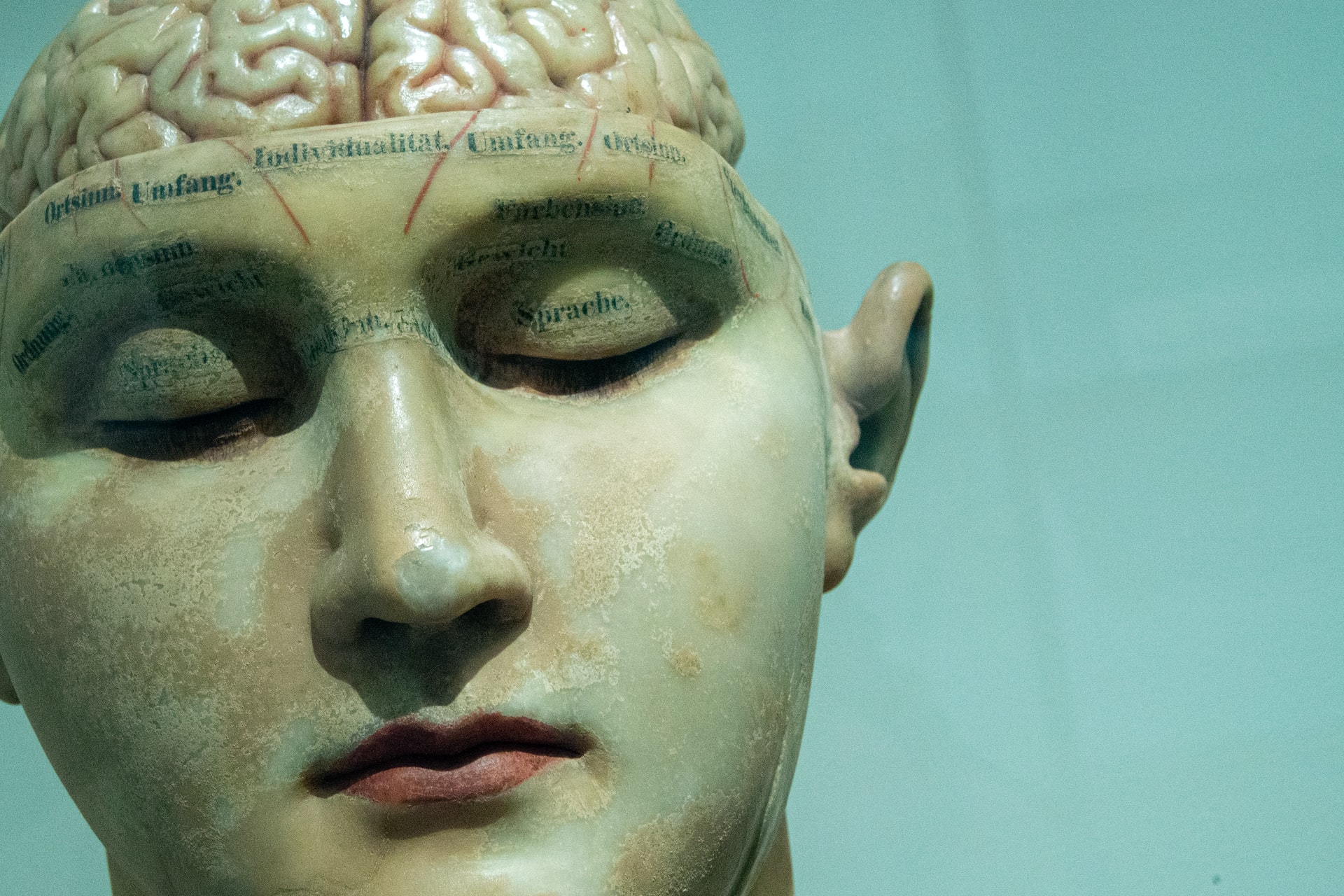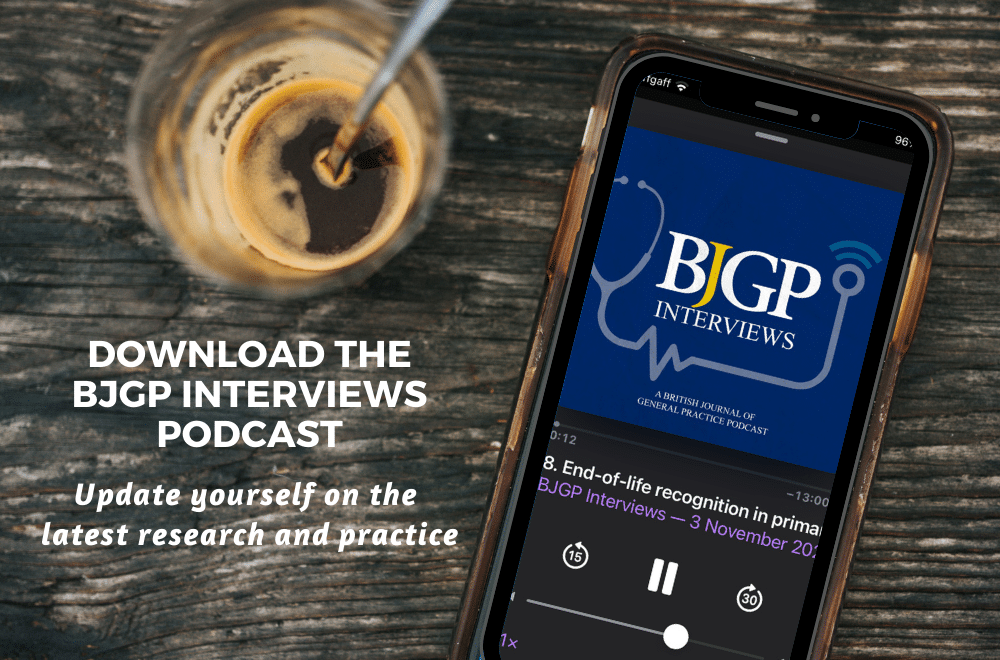Arun Kuruppath is a Specialist Registrar in General Adult Psychiatry at CNTW NHS Foundation trust.
Stuart Watson is a Clinical Senior Lecturer and Honorary Consultant Psychiatrist at CNTW NHS Foundation Trust.
Simon Kitchen is the CEO of Bipolar UK.
Carolyn A Chew-Graham is a GP in Manchester, and Professor of General Practice Research at Keele University. She is on Twitter: @CizCG
What is cyclothymia? The International Classification of Diseases, 11th Revision1 and Diagnostic and Statistical Manual of Mental Disorders, 5th Edition2 categorise cyclothymic disorder as a mood disorder, characterised by a 2-year period during which an individual experiences multiple hypomanic (such as euphoria, irritability, or expansiveness, and psychomotor activation) and dysthymic (such as feeling down, diminished interest in activities, and fatigue) symptoms that are present during more of the time than not; but which do not reach the threshold for manic episode or a depressive episode. The symptoms can result in significant impairment in personal, family, social, educational, occupational, or other important areas of functioning.
Epidemiology and prognosis
Cyclothymic disorder begins in adolescence or early adulthood, with an insidious onset and persistent course. The lifetime prevalence of cyclothymic disorder is 0.04% to 1%, and its prevalence is roughly equal in males and females.1
Does it matter if the diagnosis is missed?
Undetected and unmanaged cyclothymia can contribute to poor quality of life and can affect personal and work relationships. Rates of suicide in people with cyclothymia are comparable with those of patients with bipolar disorder or schizophrenia;3 15%–50% of individuals with cyclothymia will develop bipolar disorder.1
Suspecting cyclothymia
“… secondary care should support GPs and primary care mental health practitioners with making this diagnosis … “
People with cyclothymia usually report greater distress linked to their depression and anxiety, rather than to hypomanic symptoms or emotional instability, so mainly come to the attention of primary care clinicians when they present with a low mood.
Patients may not spontaneously volunteer previous hypomanic symptoms such as reduced need for sleep, pressured speech, flight of ideas, grandiosity, impulsivity, and indiscretion. These can be revealed through the use of a questionnaire such as the Mood Disorder Questionnaire,4 or by specific questioning.
Irregular shifts in mood without an intervening period of recovery raise suspicion of cyclothymia. Diagnosis is, however, difficult. There are several common diagnostic features with emotionally unstable personality disorder (EUPD), including impulsivity, mood instability, inappropriate anger, suicidal behaviour, and unstable relationships, but, unlike EUPD, neither bipolar-II nor cyclothymic disorder include persistent problems in self-functioning or interpersonal dysfunction.5 Substance misuse is a common comorbidity, with cyclothymic disorder adding to the diagnostic challenge.6
Should the diagnosis of cyclothymia be made in primary care?
The authors believe that secondary care should support GPs and primary care mental health practitioners with making this diagnosis, but recognise that this support is not always available.
How are people with cyclothymia managed?
Psychoeducation should focus on understanding and acceptance of the diagnosis, monitoring of mood swings, assessment of warning signs, strategies to cope with early relapses, and, finally, focus on the behavioural and interpersonal consequences of the illness as objectives of the therapy.
Little evidence guides effective medication intervention for cyclothymic disorder. Current treatment guidelines7 reflect an assumption that evidence of efficacy in bipolar disorder can be extrapolated to cyclothymia8 but with a ‘go slow and stay low’ approach, in part, because of an enhanced sensitivity to the effects of medications.9
“Little evidence guides effective medication intervention for cyclothymic disorder.”
The evidence that is available is predominantly observational and suggests a mild-to-moderate efficacy of lithium,10 valproate,11 and lamotrigine12 in the prevention of depressive12 and mixed or hypomanic13 episodes.
Evidence regarding the efficacy and safety of antidepressants in cyclothymia is lacking, but there is agreement that the use of these drugs should be carefully monitored in order to minimise long-term destabilisation, such as increase in frequency of cycling,14 increase in amplitude of highs, and increase of suicidal risk.15
Key message
Cyclothymia is often diagnosed late after many years of illness when the superposition of complications such as increased suicidality, substance misuse, and tendency for conversion to bipolar disorder reduces the possibility of complete remission. Consideration of cyclothymia in the differential diagnosis of patients with unresolving depressive symptoms may aid referral to specialist care for diagnosis and advice on management.
Resources for patients:
NHS Digital. Cyclothymia. 2020. https://www.nhs.uk/conditions/cyclothymia
Bipolar UK. https://www.bipolaruk.org
Resources for healthcare professionals (however, these resources do not mention cyclothymia):
National Collaborating Centre for Mental Health. Bipolar disorder: the assessment and management of bipolar disorder in adults, children and young people in primary and secondary care. Updated edition. 2014. https://www.nice.org.uk/guidance/cg185/evidence/full-guideline-pdf-4840895629
Bipolar UK. The findings of the bipolar commission. 2023. https://www.bipolaruk.org/bipolarcommission
Competing interests
Stuart Watson and Carolyn A Chew-Graham have received funding from the National Institute for Health and Care Research for clinical trials in bipolar disorder.
References
1. World Health Organization. International Classification of Diseases, 11th Revision. 2022. https://icd.who.int/en (accessed 26 Jan 2023).
2. American Psychiatric Association (APA). Diagnostic and Statistical Manual of Mental Disorders. 5th edn. Arlington, VA: APA, 2013.
3. Rihmer Z, Pestality P. Bipolar II disorder and suicidal behavior. Psychiatr Clin N Am 1999; 22(3): 667–673, ix–x.
4. Hirschfeld RM, Holzer C, Calabrese JR, et al. Validity of the mood disorder questionnaire: a general population study. Am J Psychiatry 2003; 160(1): 178–180.
5. Luty J. Bordering on the bipolar: a review of criteria for ICD-11 and DSM-5 persistent mood disorders. BJPsych Advances 2020; 26(1): 50–57.
6. Maremmani I, Perugi G, Pacini M, Akiskal HS. Toward a unitary perspective on the bipolar spectrum and substance abuse: opiate addiction as a paradigm. J Affect Disord 2006; 93(1–3): 1–12.
7. National Institute for Health and Care Excellence. Bipolar disorder: assessment and management. CG185. 2020. https://www.nice.org.uk/guidance/cg185 (accessed 26 Jan 2023).
8. Goodwin G. Evidence-based guidelines for treating bipolar disorder: revised second edition — recommendations from the British Association for Psychopharmacology. J Psycholpharmacol 2009; 23(4): 346–388.
9. Perugi G, Hantouche E, Vannucchi G, Pinto O. Cyclothymia reloaded: a reappraisal of the most misconceived affective disorder. J Affect Disord 2015; 183: 119–133.
10. Peselow ED, Dunner DL, Fieve RR, Lautin A. Prophylactic effect of lithium against depression in cyclothymic patients: a life-table analysis. Compr Psychiatry 1981; 22(3): 257–264.
11. Jacobsen FM. Low-dose valproate: a new treatment for cyclothymia, mild rapid cycling disorders, and premenstrual syndrome. J Clin Psychiatry 1993; 54(6): 229–234.
12. Manning JS, Haykal RF, Connor PD, et al. Sustained remission with lamotrigine augmentation or monotherapy in female resistant depressives with mixed cyclothymic-dysthymic temperament. J Affect Disord 2005; 84(2–3): 259–266.
13. Rosier YA, Broussolle P, Fontany M. [Lithium gluconate: systematic and factorial analysis of 104 cases which have been studied for 2 and one-half to 3 years in patients regularly observed and showing periodic cyclothymia or dysthymia]. [Article in French]. Ann Med Psychol (Paris) 1974; 1(3): 389–397.
14. Katzow JJ, Hsu DJ, Ghaemi SN. The bipolar spectrum: a clinical perspective. Bipolar Disord 2003; 5(6): 436–442.
15. Rihmer Z, Gonda X, Torzsa P, et al. Affective temperament, history of suicide attempt and family history of suicide in general practice patients. J Affect Disord 2013; 149(1-3): 350–354.
Featured photo by David Matos on Unsplash.




